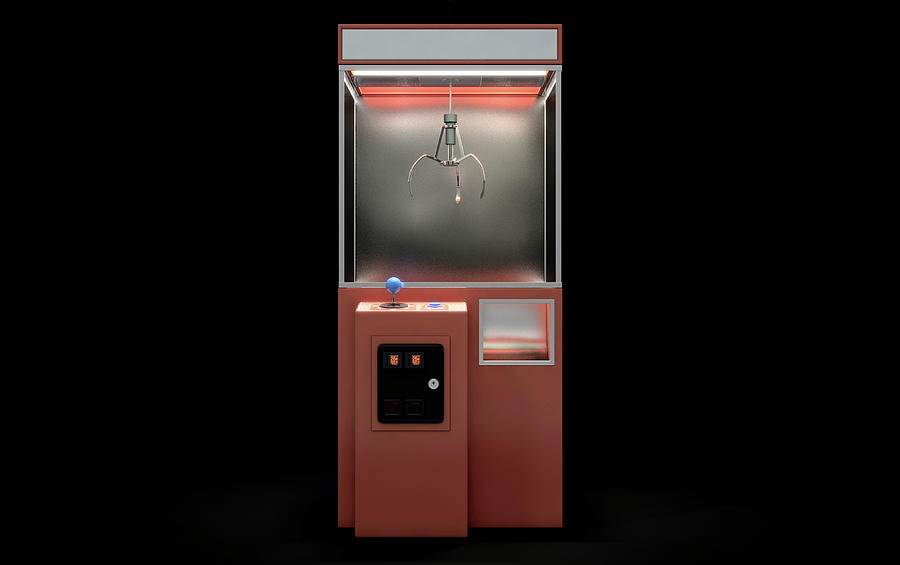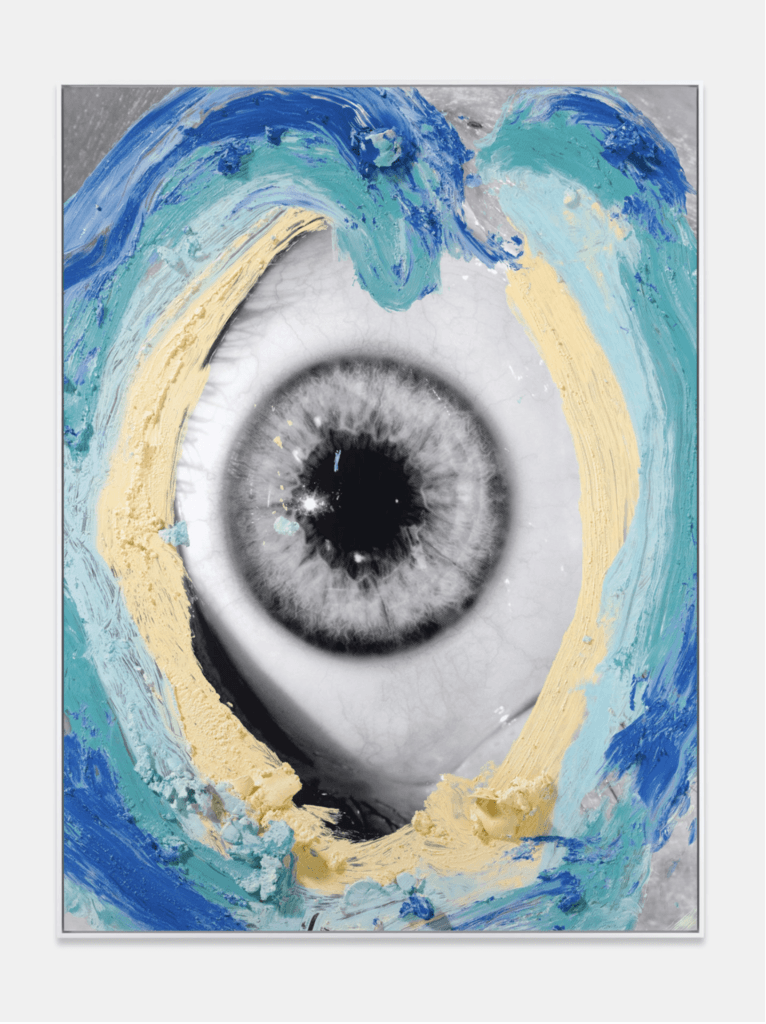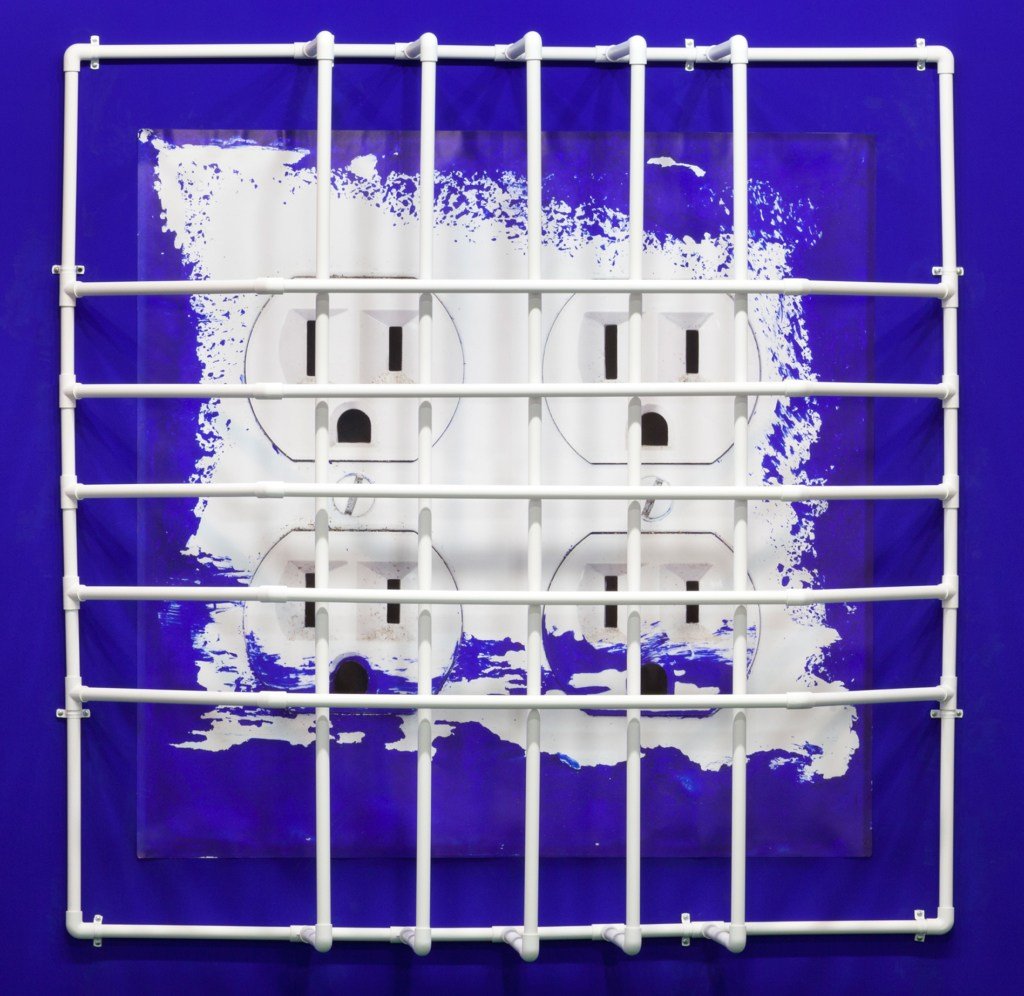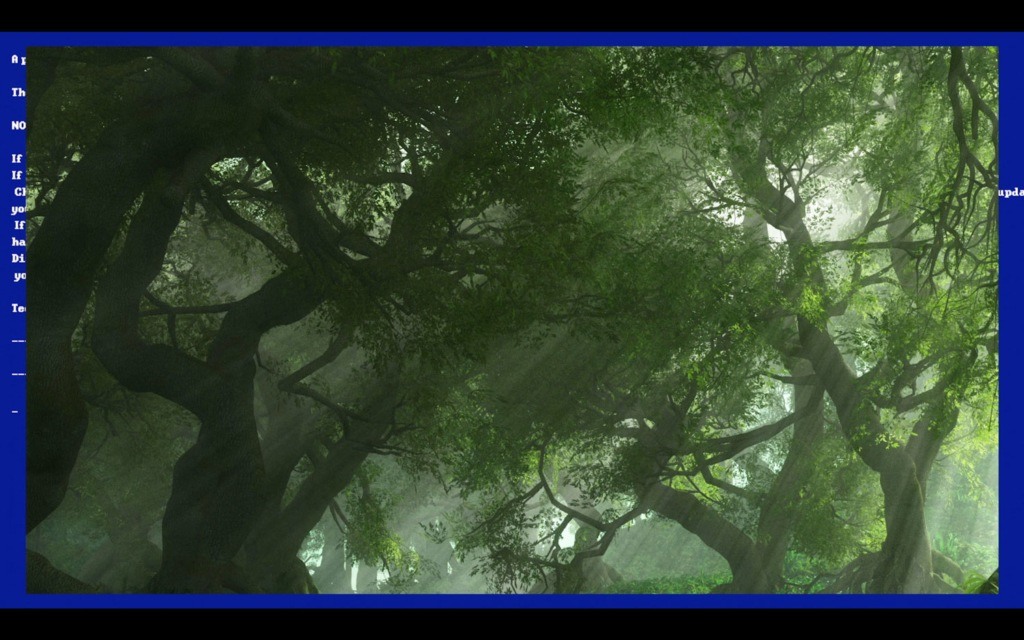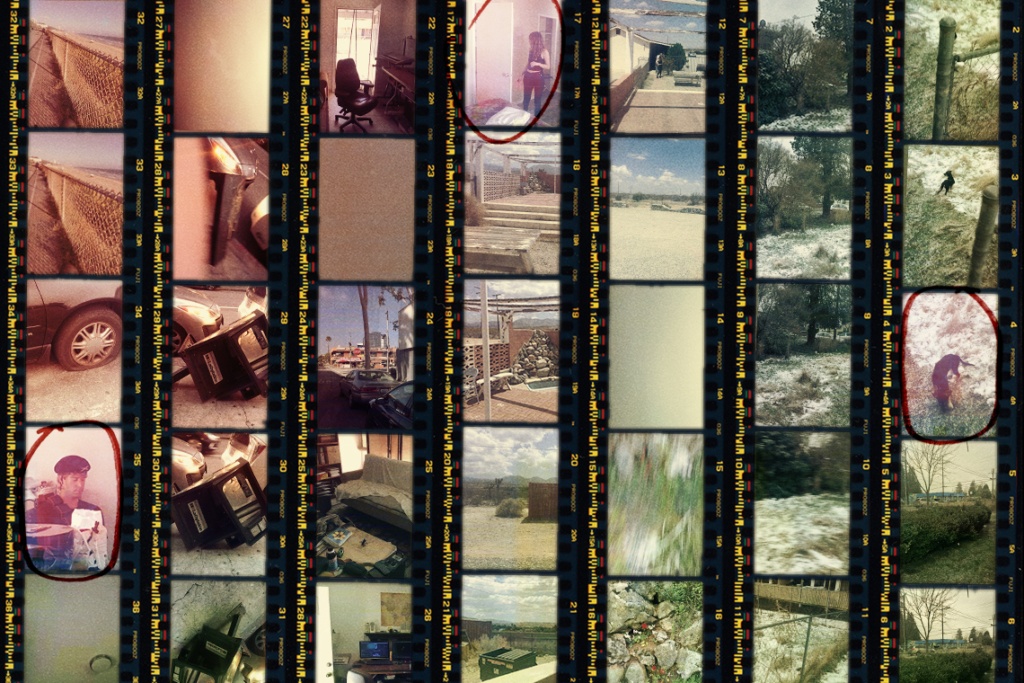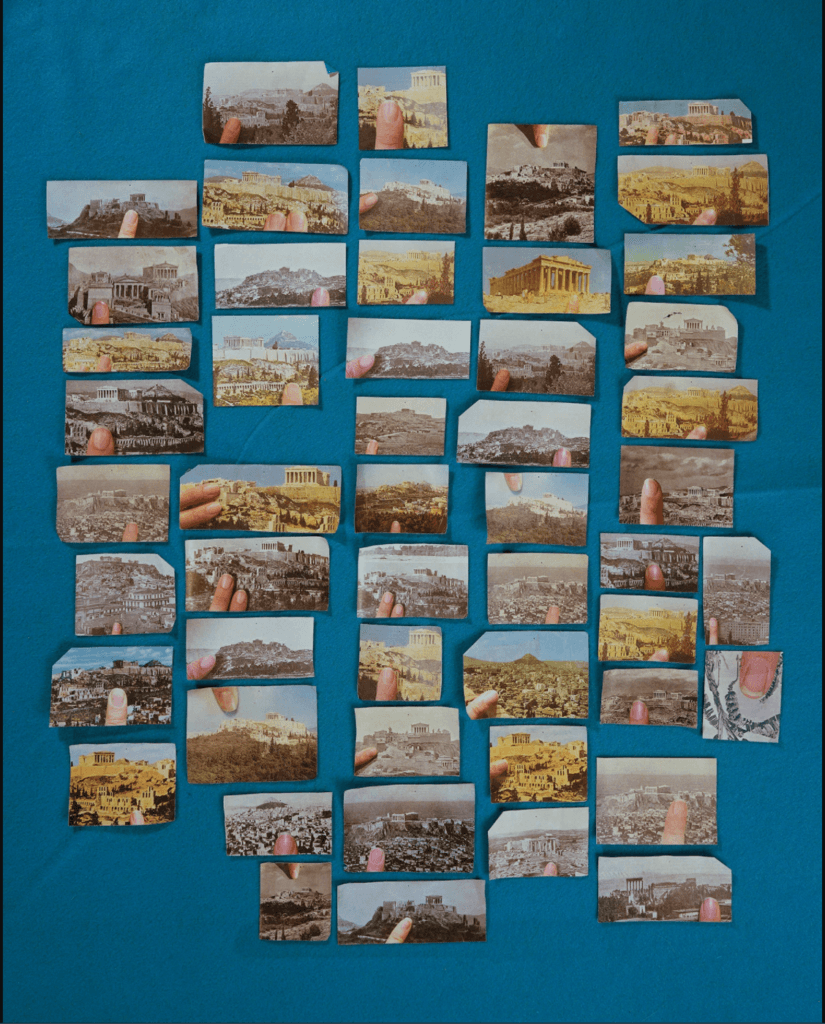Topics
Design
Where you are the product
Our Friend the Atom
The aesthetics of the Atomic Age helped whitewash the threat of nuclear disaster
Kids’ Stuff
The main strategy of the children’s culture industry — transforming free play into a mania for collectibles and “commoditoys” — has been adopted by crypto startups, whose toy-like aesthetics are necessary for a digital asset class backed by nothing more than flows of sentiment.
Search Party
Google has kept its “I’m Feeling Lucky” button as a whimsical artifact of its past. As the company’s power has grown, however, the button has taken on a manipulative function, conjuring a sense of autonomy within Google’s bullpen, hearkening back to a deceptive sense of freedom
Inventing the Shipwreck
Conversations about technology tend to be dominated by an optimistic faith in technological progress. There is endless encouragement to think about all of the exciting benefits of new technology, but significantly less attention paid to the ways things might go spectacularly wrong. That’s where Paul Virilio comes in.
Smooth Operator
The ubiquitous presence of touchscreens in airports, doctor’s offices, and other sites of modern life is explained by their status as stand-ins for progress. They are monuments to technology, which provide a sense of physicality, even while doing little for the consumer.
The World’s Most Beautiful Brush
Beauty technologies are often judged by their results. Like other tech gadgets, however, their meaning lies as much in their designs, their histories, and the performance of their use. Beauty can be thought of as a process, not an end — the opposite of optimization.
Cozy Tech
In tech design, a turn from sleek metal and glass to cozy textiles serves an ideological purpose: making consumer technologies, with all their surveillant properties, feel like a natural, intimate feature of home.
Seen By
Social media platforms offer visibility features that show who is “lurking” on you. Because they offer the smallest possible units of attention — literally, “seen by” — they offer unlimited possibilities for narrativizing and mythologizing our relationships with others
Middle Management
The ideal of design as politics, as encoded in movements like “design thinking,” operates just like political centrism. It relies on the fantasy that innovative design solutions could eliminate ideological conflict and change the world by merely shuffling around its parts.
Look Who’s Talking
Discussions of UX tend to focus on how things look and how they work, but the way they sound or read is just as meticulously designed. Often the aim of “sounding human” and “being clear” serves to disguise how interfaces are manipulative and skewed toward the company’s interest, while also reinforcing biased universalist assumptions.
Network of Blood
In a wireless era, the old-fashioned plug conjures a tactile thrill, as well as a rich set of metaphors on the tethering of objects to each other and ourselves. It represents a mode of connection and engagement with the material world that seems to be slipping away.
Screen Time, Sacred Time
Immersiveness is not in and of itself automatically dangerous, a form of frivolous escapism. The immersiveness of screen time could be likened to the immersiveness of sacred time. When we fall into wikiholes, aren’t we operating outside time, searching for knowledge, for a better understanding of the universe and its mysteries?
Manufactured Recollection
When the same kinds of algorithms determine which of our photos we should revisit in social media and which ads perform the best, our memories will inevitably look more like the advertising campaigns and paid influencer posts that surround us. The social consensus around what is “worth” remembering is becoming more tethered to an image’s commercial viability.
Touch Screen
Fidget Spinners
Waiting isn’t essentially a wasted in-between time; instead waiting is a core part of messages we send each other across the fiber optic lines. The time it takes to receive and interpret a message is also part of its content. We take the moment of waiting and give it meaning; it becomes a message of its own.
Instant Recall
As the work of memory keeping is offshored to social media companies and cloud storage, we are giving up the work of remembering ourselves for the convenience of being reminded. We are surrendering the physical mementos, we previously relied on as containers of memory, leaving us more susceptible to algorithmic forms of manipulations.
The Domino Effect
Food apps repurpose unseen human labor as machine magic. No one is working for you, only empowering you to make your own decisions, based on your own tastes, as your tastes slowly shift in a direction that suits the logic of a database. Abstracting away the reality of labor creates a permission structure in which you’re more comfortable asking for what you think you want.
Tender Buttons
In an age where machines are supposedly about to take over our jobs, elevating our interactions with interfaces from the drudgery of work to the virtuosity of art tells a tale that valorizes the human over the machine.

